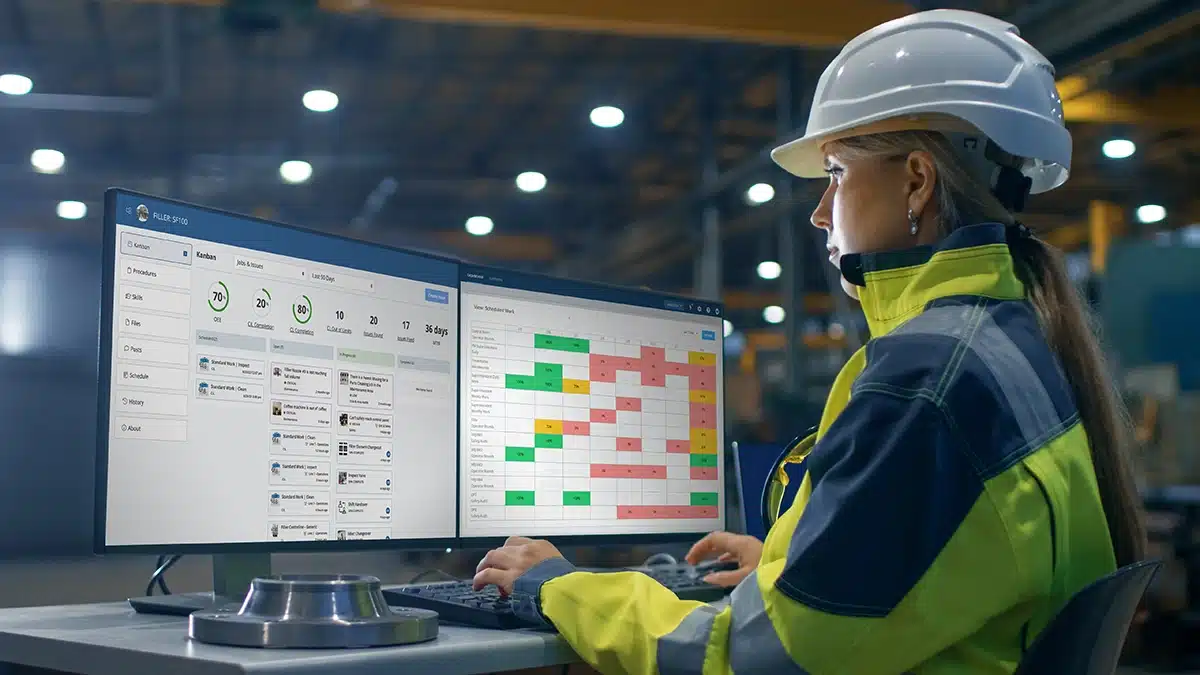What is Shift Handover in Manufacturing?
Shift handover in manufacturing is a critical part of shift operations where prior shifts exchange information and transfer responsibility with incoming shifts. This practice (also referred to as “shift handoff”) ensures continuity, safety, and efficiency and is important in manufacturing for several reasons. It creates a smooth transition of production activities and the communication of essential information between consecutive work shifts.
Clear and structured shift handovers are especially important in 24-hour factories, they help prevent redundant work, follow up on problems more efficiently, and lead to productivity gains. Poor communication during shift handover processes leads to errors, slowed production, and even potential safety risks. With standardized shift handover processes, the potential for errors can be dramatically reduced and overall operational efficiency can be increased.
According to American Fuel & Petrochemical Manufacturers (AFPM), while shift handovers account for less than 5% of operations staff time, 40% of plant incidents occur during this time. In fact, every second incident or accident in the process industry is related to shift handover communication errors.
The shift handover process typically involves structured communication, the review of machinery status, open tasks, and production goals, as well as the transfer of relevant documentation. Digital tools and connected worker platforms can be used to augment and improve the shift handover process, reducing errors, increasing productivity, and enabling better collaboration between shifts.
Learn more about shift handover in manufacturing below where we discuss:


